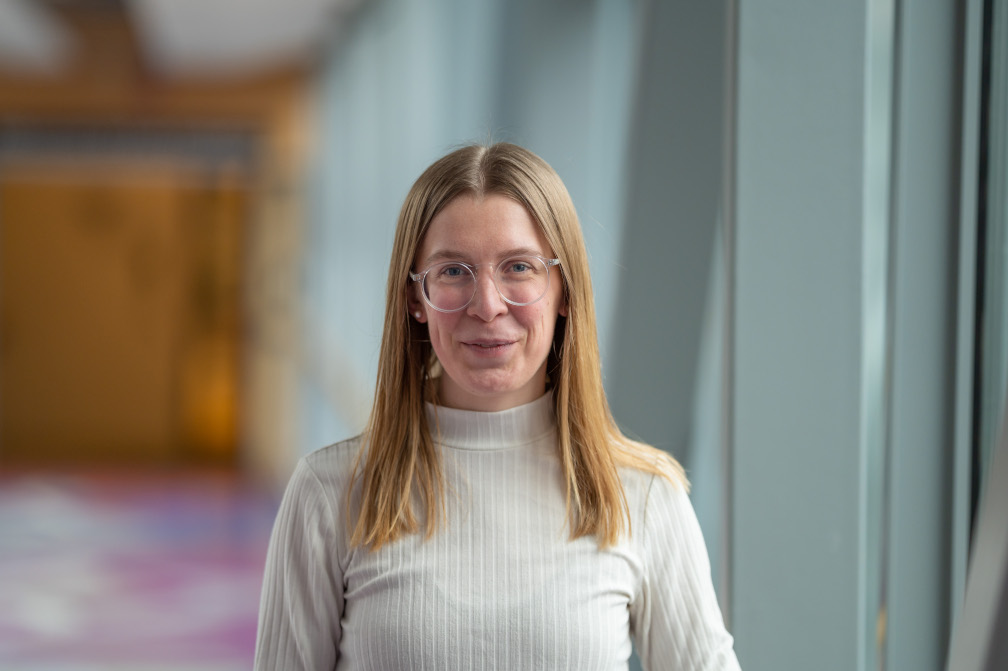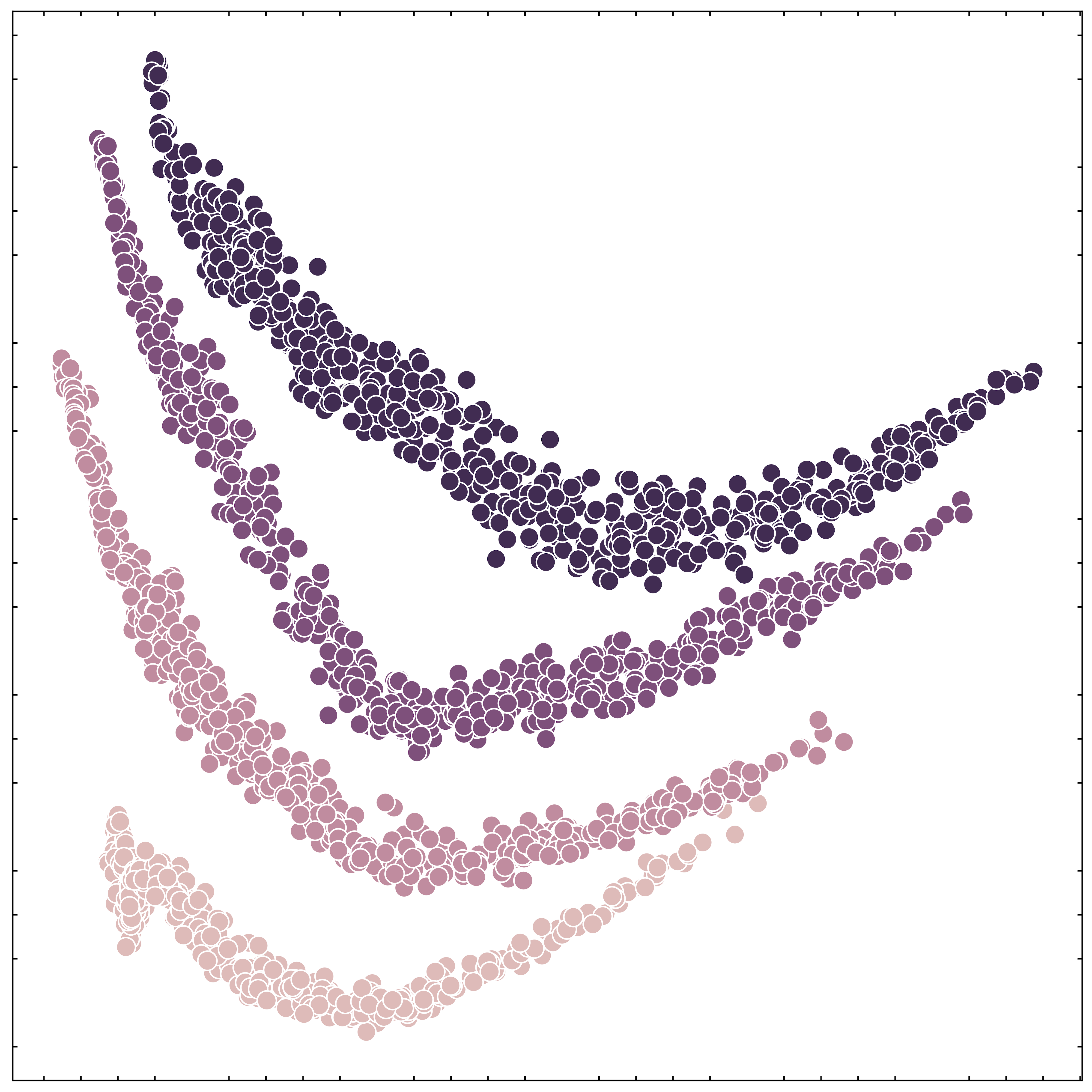
Mirja has a Master degree in Physics from the University of Gothenburg.
In her PhD, Mirja will focus on graph neural networks and deep learning.

Title: Enhancing Graph Analysis and Compression with Multihead Attention and Graph-Pooling Autoencoders
Abstract:
Graphs are used to model complex relationships in various domains. Analyzing and classifying graphs efficiently poses significant challenges due to their inherent structural complexity. This thesis presents two distinct projects aimed at enhancing graph analysis and compression through novel and innovative techniques. In the first project, a multihead attention module for node features is developed, enabling effective prediction of graph edges for connection in time. By applying attention mechanisms, the module selectively focuses on relevant features, facilitating accurate edge predictions. This approach expands the potential applications of graph analysis by improving the understanding of graph connectivity and identifying critical relationships between nodes. The second project introduces a novel graph autoencoder with multiple steps of size reduction by graph-pooling. Unlike traditional graph autoencoders, which commonly employ graph convolutional networks, this approach utilizes several poolings to capture diverse structural information and compress the graph representation. The pooling-based autoencoder not only achieves efficient graph compression but also captures the structural information of the graph. This enables the classification of graphs based on their structure, providing a valuable tool for tasks such as graph categorization.
Supervisor: Jesús Pineda
Examiner: Giovanni Volpe
Opponent: Gideon Jägenstedt
Place: PJ-Salen
Time: 8 June, 2023, 10:00